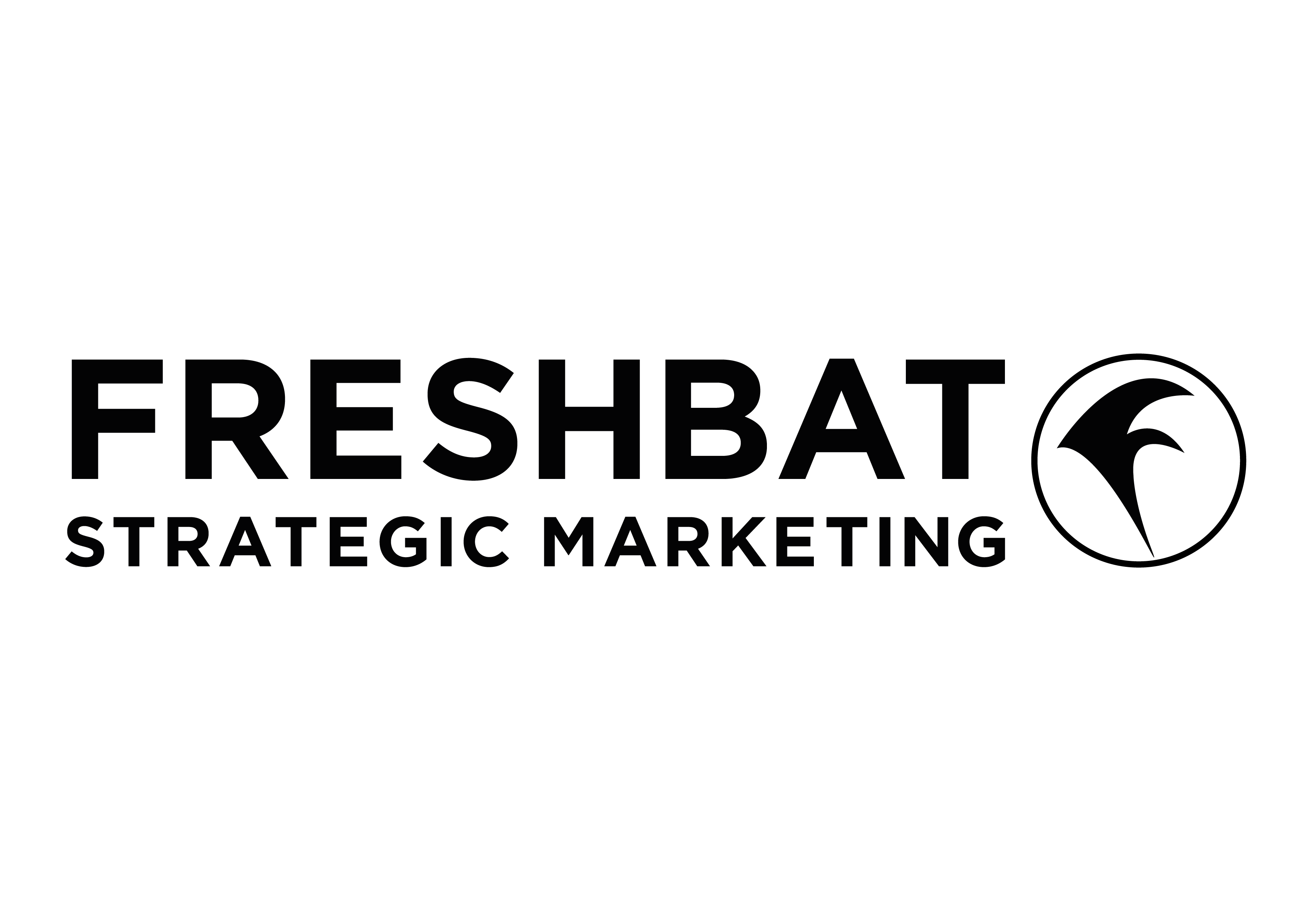Generating leads can be a frustrating task for many business owners, but once someone becomes a lead, they sometimes go quiet. The unfortunate truth is, a whopping 96% of website visitors aren’t ready to buy on their first visit. But that doesn’t mean they won’t be ready to make the purchase in the future! That’s why it’s important to continue engaging with these leads so that when they’re ready to buy, the journey to becoming a customer is as smooth-flowing as possible. When engaging with leads in the background, you’re also keeping your brand top of mind for when they’re ready to move to the prospect stage.
Read on to discover the 5 key tips for engaging with leads to help with your conversions.
Understanding your leads is key
Before exploring the specific steps, it’s important that you have a good understanding of your leads’ motivations and challenges. What are their pain points? What are their goals? At this point, it’s a good idea to create a ‘persona’ if you haven’t done so already as this will help segment your leads based on this information. You’ll then be able to create messaging that resonates with your leads which will help with the conversion process further down the line. Read our blog for more support creating your buyer persona.
Ultimately, you should have an understanding of your leads so you can choose which of our recommended steps below would be most effective. For example, you might find that a B2B lead may not be interested in being contacted on social media, but they may benefit from an exclusive offer. This is just one example, but it demonstrates that by understanding your leads, you can create the most effective next steps.
5 tips for engaging with leads
1. Use a CRM tool to manage all leads
Using a Customer Relationship Management (CRM) tool is key to engaging with leads. This may sound like a simple step, but you’d be surprised how many businesses overlook this when managing relationships with leads. A total of 80% of marketing automations users (including CRM tools) say leads increased, demonstrating how effective these tools can be in the converting process. CRM tools can help you to develop deeper connections with leads and it also helps you to organise, segment and share information with ease. This can be key when working in an organisation where multiple people will engage with the lead throughout their customer journey. You can be sure that your internal team are on the same page and know exactly what contact has been made previously.
CRMs also allow for the creation of automated tasks, such as:
- Email sequences
- Calendar management
- Updating customer information
- Data entry
- Marketing-to-sales handovers
Each of these can help to ensure the lead is engaged with at the appropriate points in their journey with the right messaging. The email sequence function is especially useful for engaging with leads in the background, which we explore in tip 2:
2. Automated email sequences
In digital marketing, emails remain as one of the key activities that get results. Email marketing is said to drive 50% more sales than other lead generation methods, showing the impact it can have when utilised correctly. Emails that are automated are ideal for both segmentation and personalisation when engaging with leads. You can target specific lead segments with tailored messaging that provides value depending on their current position in the customer journey.
However, it’s important not to overwhelm leads with multiple emails as this can come across as pushy and will result in a dreaded ‘unsubscribe’. The key is to provide value in the emails and demonstrate that you genuinely want to help them to achieve their goals. Understanding their pain points and challenges can help in ensuring your messaging speaks to your leads and makes an impact. We’d suggest sending one email per week at most.
3. Exclusive offers
Have you ever experienced FOMO (Fear of Missing Out)? If you have, then you’ll understand how it can be a powerful motivator. That’s the exact purpose of creating an exclusive offer – it entices a sense of FOMO in the lead. According to TrustPulse, FOMO drives 60% of people to complete purchases, usually within the next 24 hours.
A little bit of FOMO and 24 hours is all it can take to convert a lead – crazy, right?
Again, it’s important to demonstrate real value in these offers as MailChimp emphasise the importance of using them ethically. They explain that sometimes businesses will use tactics such as inflating product prices before an offer so that the discount is perceived as more significant. This will result in customers losing trust in the organisation. However, if implemented by creating value, it can boost sales and build brand loyalty. For example, you could offer an early-bird offer for a new service with a limited timeframe.
4. Outbound engagement
Outbound engagement provides an opportunity for engaging with leads on their preferred platform such as social media. Revnew state that 68% of marketers find the best quality leads through outbound marketing.
When using outbound engagement on social media, social listening can be key in implementing it correctly. Social listening is described as the process of monitoring online activity to understand what people are saying about your brand, industry and competitors. Through a strategic social listening and outbound engagement plan, you can:
- Reach out to leads who have mentioned your organisation
- Engage with people involved in relevant conversations
- Reply to comments from leads
- Use tools such as Sales Navigator to target high-value leads with personalised messaging
Through effective outbound engagement, you can consistently show up where your leads are, making it a great way to build brand awareness.
5. Personalised emails
Sometimes, the most effective approach is a simple one. A personalised email from your work email address can be a great way to engage with leads to understand where they’re at in their decision-making process. Doing it this way can help to build stronger relationships as it’s much more personal and can in turn build trust. Additionally, a personalised Call To Action can result in 42% higher conversion rates than generic CTAs. This one-on-one approach is particularly valuable for higher-value leads. However, it may not be as cost-effective or time-efficient for a higher number of lower-value leads (an automated email sequence would be better in this case).
By engaging with leads using some of these tips, you can help to nurture them along their decision-making process. Take the time to understand your leads and select which step will be most effective for engaging with them. Regardless of the engagement activity you choose to go ahead with, be sure to add value in your communications as this can build trust and help with conversion rates.


